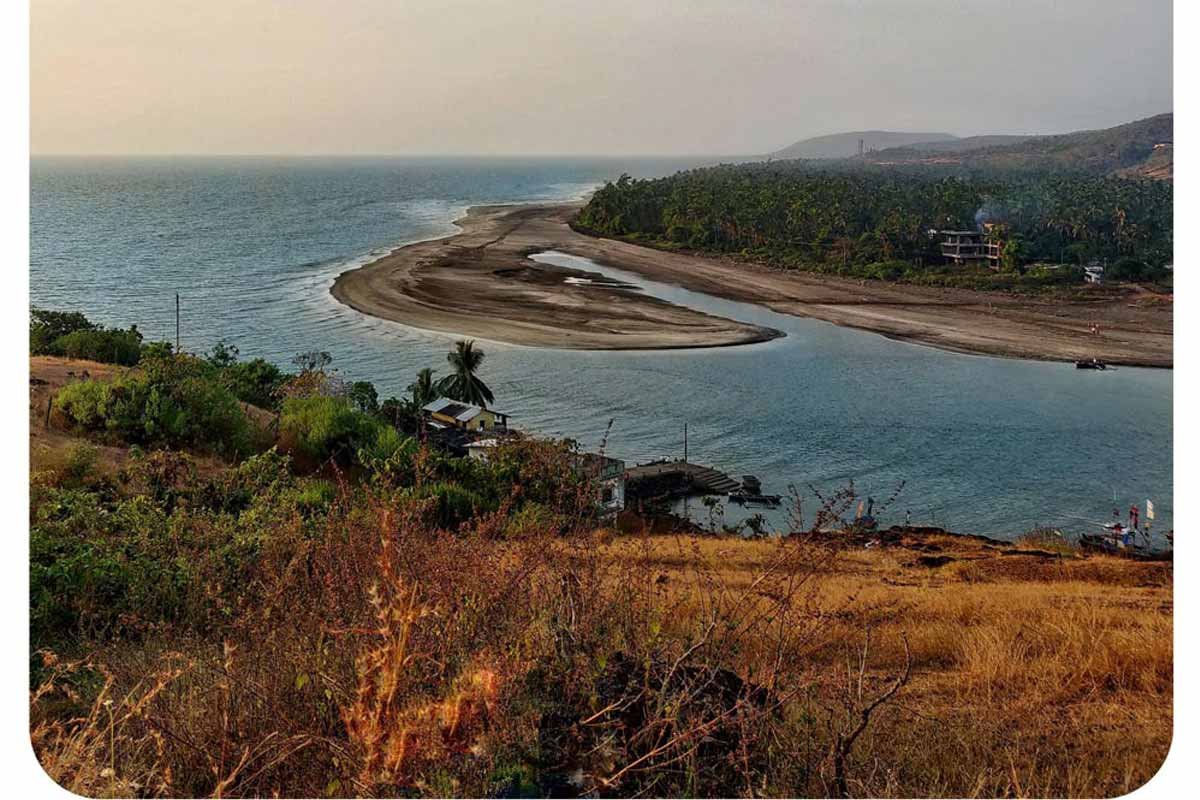Roadways Through Time: The Evolution of the American Road Trip from Washington to Steinbeck to Today
The Evolution of the American road trip is synonymous with the American spirit, symbolizing freedom and progress characterized by a desire to discover oneself, to reach new places, and to go beyond one’s limits. The power of the open road has long held sway over the American imagination, and that attraction is now canon in social and literary traditions. Here’s how the American road trip became the iconic historical symbol that it is today.
Early Expeditions
In the spring of 1789, President George Washington took to the road to reassure the American people that the democratic experiment that was the United States was working and the new country’s future was secure. The argument over who should have more control — the states or the federal government — caused significant strife between Federalists and Anti-Federalists. Washington felt that going directly to citizens would accomplish his primary goal: to unify this young nation.
Washington’s road trip spanned two years as he visited all thirteen original states, dressed in his Continental Army uniform and either riding his favourite white stallion or traveling by carriage over deeply rutted dirt roads. He inspired awe everywhere he went and shrewdly used his popularity and political power to establish the dominance of the president’s position and the need for a centralized location for the federal government.
By the end of his 1,700-mile journey, completed over rough, uneven roads and through wilderness, Washington achieved his goal. The Residence Act of 1790 established the creation of Washington, D.C., as the nation’s capital and struck a balance between states’ rights and the federal government’s power.
The Advent of Automobiles
Over a century ago, the concept of motorized excursions anywhere in America was impossible. The automobile was a luxury that the wealthy alone could afford. That concept changed when another historical American road trip began — on a bet.
Automobile enthusiast Dr. Horatio Jackson overheard some men at the University Club in San Francisco dismiss the automobile as a fad. Jackson decided to prove them wrong, driving across the country in a Winton Motor Carriage Company car.
As the automobile became more affordable, the government built more roads nationwide. The expansion of the highway system meant that people could drive into the wildest, untouched areas of America. The national park system became a destination for many travellers who wanted to connect with nature. It echoed the trails blazed by Crockett, Boone, and other frontiersmen who came before, and for many Americans, it remains a dream that they still chase today on national road trips.
After World War II, President Dwight D. Eisenhower pushed for creating the U.S. Interstate Highway System, which now includes more than 50,000 miles of roads. This system provided easier transportation access for daily travel. It heralded the age of the American family road trip, which thrived until the 1973 Oil Crisis, a geopolitical and energy crisis that shook the foundations of the global economy.
In September 1961, the American road became a means to protest against interstate bus segregation in the South. The Freedom Riders, initially numbering six white Americans and seven Black Americans, took their First Freedom Ride on May 4. The Freedom Riders had to stop the initial ride due to violence by the Ku Klux Klan; however, the ride inspired many other Americans to use road trips as a means of civil disobedience.
The Road Trip in American Literature
There is an inherently romantic feel to hitting the open road to partake in an emotional and physical journey. That characterization is in no small part due to the portrayal of the road trip in American literature. John Steinbeck originated the great American road trip narrative in his book Travels with Charley in Search for America. In September 1960, Steinbeck embarked on his travels accompanied by his elderly French Poodle, Charley.
Steinbeck was searching for an answer to the question, “What are Americans like today?” He purchased a customized vehicle with a camper top, four-burner stove, double bed, and chemical toilet to stay anonymous during the 10,000 miles and 34 states he drove through.
Steinbeck’s touring vehicle was the precursor to the eponymous recreational vehicle (RV), van life, and truck bed camping. By customizing his truck for long-term travel, Steinbeck adapted the vehicle to suit his comforts, needs, and safety. This concept gave way to the Volkswagen van and the Winnebago recreation vehicle (RV), which made it easier for Americans to go road-tripping but with their creature comforts.
The American Road Trip Lives On
Today, a road trip provides a sense of freedom from an increasingly chaotic, nonstop digital world. The open road allows people to disconnect from everyday life and instead experience the joy of finding themselves amid miles of asphalt and natural surroundings. The Evolution of the American road trip lives on today and remains a cultural lodestone of the nation.






